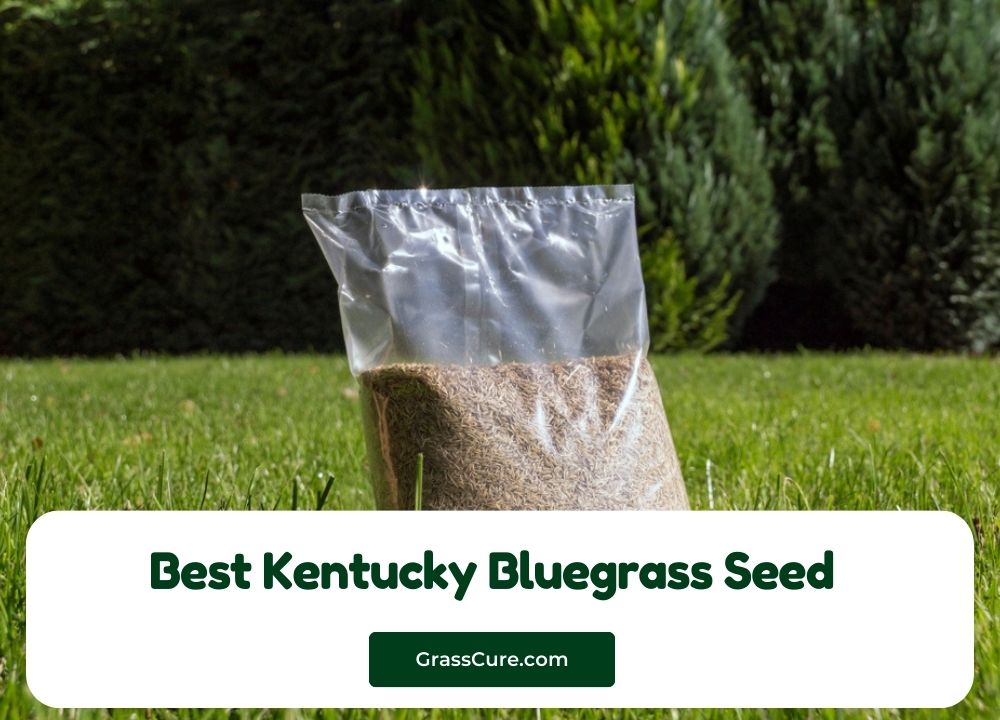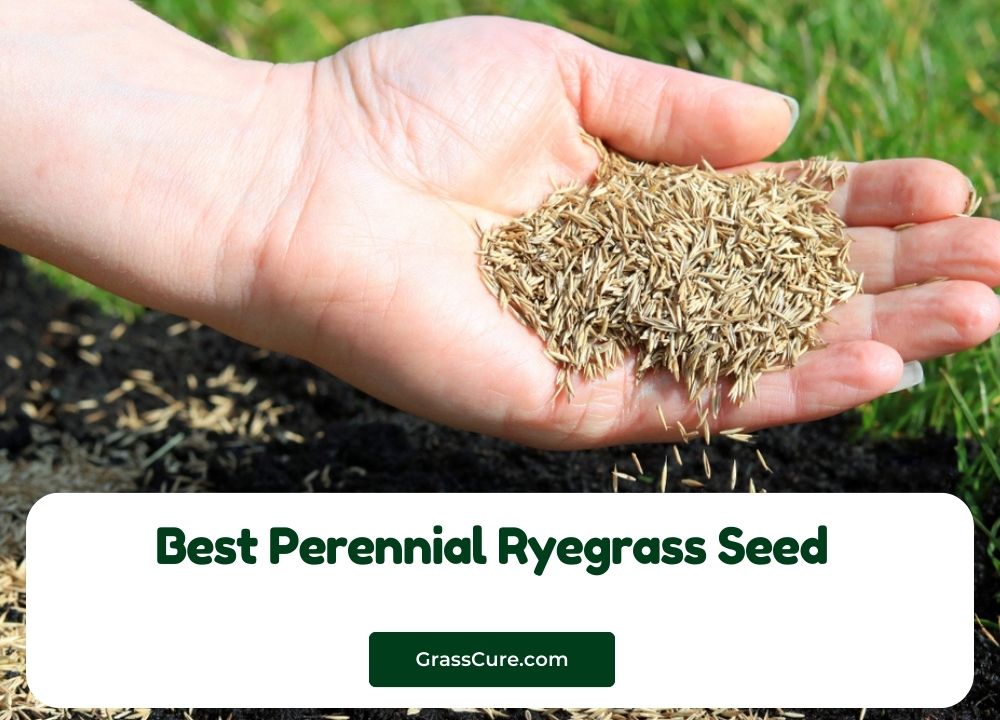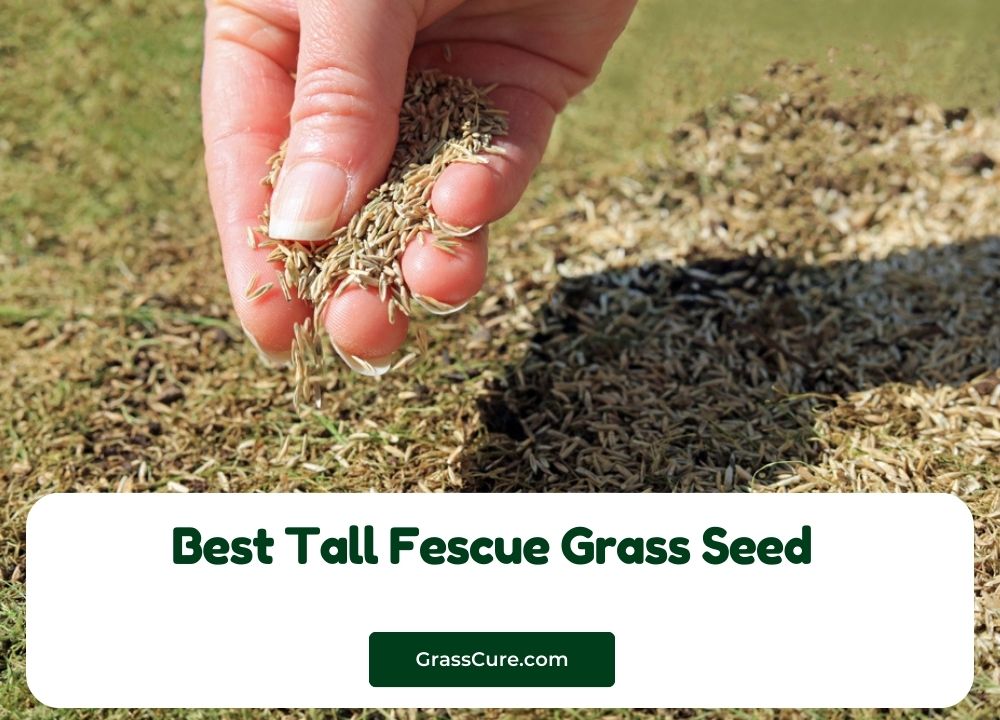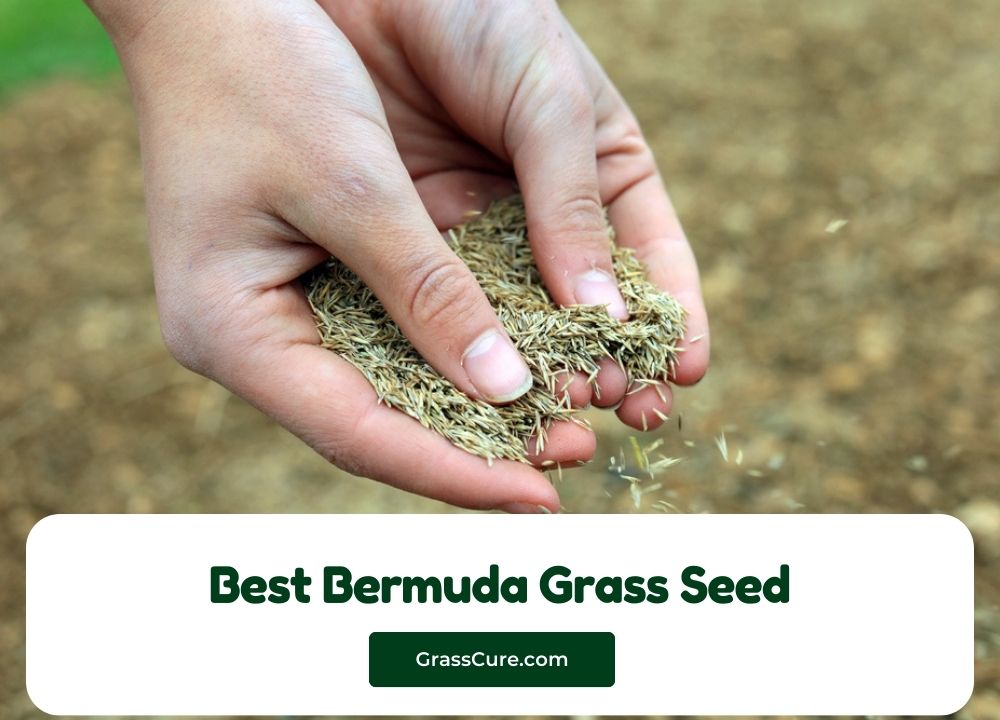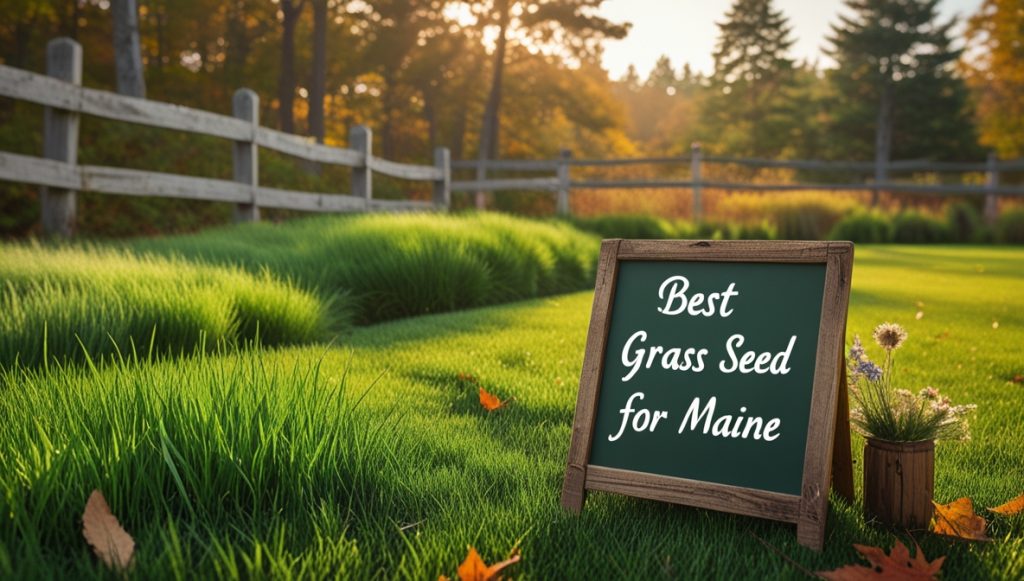Long Island’s diverse landscape and climate present unique challenges when selecting the perfect grass seed. From the sandy shores to the inland areas, finding the right variety can mean the difference between a thriving, lush lawn and a patchy, struggling one. This guide will help you navigate the choices and achieve the lawn of your dreams. We’ll explore the best grass seed for Long Island, considering its varied conditions and offering practical advice for planting and maintenance.
Contents
- Choosing the Right Grass Seed for Long Island
- Understanding Long Island’s Diverse Climates
- Cool-Season Grasses: Ideal Choices
- Warm-Season Options: Limited Applicability
- Top Performing Grass Seed Varieties
- Factors Affecting Grass Seed Selection
- Preparing Your Lawn for Seeding Success
- Sowing and Maintaining Your New Lawn
- Addressing Common Long Island Lawn Issues
- Achieving a Lush, Healthy Long Island Lawn
Choosing the Right Grass Seed for Long Island
Selecting the right grass seed is crucial for a healthy, vibrant lawn on Long Island. The island’s varied microclimates, ranging from coastal areas with salty air and sandy soil to inland regions with richer soil, demand careful consideration of grass type and its ability to withstand specific conditions. Factors such as sun exposure, soil drainage, and your personal preferences regarding maintenance also play a significant role in the selection process. Therefore, understanding your lawn’s unique characteristics is the first step towards making an informed decision.
Ultimately, the best choice hinges on a balance between desired aesthetics, maintenance requirements, and the specific conditions of your Long Island property. Researching different grass types and their suitability for your particular location will ensure a successful and beautiful lawn.
Understanding Long Island’s Diverse Climates
Long Island experiences a diverse range of climatic conditions. The eastern end, closer to the ocean, faces harsher winds, salt spray, and sandy soil. These conditions necessitate a grass seed that can tolerate drought and salinity. Conversely, the western portion of the island enjoys milder conditions with potentially more fertile soil, allowing for a wider range of grass species. These differences significantly impact the suitability of various grass seed types.
Furthermore, the island experiences distinct seasons, with hot, humid summers and cool, sometimes harsh, winters. This variation necessitates choosing a grass seed that can endure both extremes. Understanding these climatic nuances is essential for selecting a grass seed that will thrive throughout the year.
Cool-Season Grasses: Ideal Choices
Cool-season grasses are generally the best choice for Long Island lawns. These grasses thrive in the cooler temperatures of spring and fall, and can tolerate the island’s sometimes harsh winters. Popular choices include tall fescue, fine fescue, and Kentucky bluegrass. These varieties offer excellent wear tolerance, making them suitable for high-traffic areas.
Moreover, many cool-season grasses exhibit good drought tolerance once established, a valuable trait given Long Island’s occasional dry spells. Their deep root systems help them access moisture deep within the soil, contributing to their resilience. This makes them a low-maintenance yet visually appealing option for many Long Island homeowners.
Warm-Season Options: Limited Applicability
While warm-season grasses like Zoysia or Bermuda grass might seem appealing for their heat tolerance, their applicability on Long Island is limited. These grasses struggle in the cooler temperatures of the Long Island winters and may go dormant or even die back completely. Consequently, their use is generally restricted to very specific microclimates on the island with unusually long, warm growing seasons.
In short, the investment in warm-season grasses often doesn’t yield the desired results on Long Island due to the prevalent cooler temperatures. Sticking to cool-season varieties is usually the more practical and successful approach.
Top Performing Grass Seed Varieties
Several grass seed varieties consistently perform well on Long Island. Tall fescue, known for its durability and shade tolerance, is a popular choice. Fine fescue offers a finer texture and is well-suited for shady areas. Kentucky bluegrass provides a dense, attractive lawn but may require more frequent watering. These are just a few of the many options available, each with its own set of advantages and disadvantages.
Choosing among these top performers depends on your specific needs and preferences. Consider factors like sun exposure, soil type, and desired maintenance level when making your selection. Consult with local lawn care professionals or garden centers for personalized recommendations based on your unique Long Island location.
Factors Affecting Grass Seed Selection
Several factors influence the selection of the best grass seed for your Long Island lawn. Soil type, ranging from sandy coastal soil to richer inland soil, significantly impacts grass growth. Sun exposure dictates the choice between sun-loving and shade-tolerant varieties. Your desired level of maintenance, from low-maintenance options to those requiring more frequent care, also plays a role.
Additionally, consider the traffic your lawn will endure. High-traffic areas require durable, wear-tolerant grasses, while less-used areas offer more flexibility in grass selection. By carefully considering these factors, you can choose a grass seed that will thrive and meet your expectations.
Preparing Your Lawn for Seeding Success
Before sowing your grass seed, proper soil preparation is paramount. This involves removing weeds, thatch, and debris to create a clean, level surface. A soil test can identify nutrient deficiencies, allowing you to amend the soil with fertilizers or other soil conditioners as needed to optimize growth conditions. This step ensures the seed has optimal contact with the soil for successful germination.
Furthermore, loosen compacted soil to improve drainage and root penetration. Consider aerating the lawn to alleviate compaction and allow for better water and nutrient absorption. These preparatory steps significantly increase the chances of a healthy, vigorous lawn.
Sowing and Maintaining Your New Lawn
Sowing grass seed involves spreading the seed evenly across the prepared area. Follow the recommended seeding rate on the seed packaging for optimal results. Lightly rake the seed into the soil to ensure good soil contact. Water gently and consistently to keep the soil moist but not waterlogged, promoting germination. Avoid heavy foot traffic until the seedlings are established.
Maintaining your new lawn involves regular watering, especially during dry spells. Fertilizing according to the grass type’s needs helps promote healthy growth. Mowing at the correct height and sharpness prevents stress and promotes a thick, even lawn. Regular weed control prevents competition for resources.
Addressing Common Long Island Lawn Issues
Long Island lawns face various challenges, including drought, pests, and diseases. Proper watering and fertilization mitigate drought stress. Regular inspections help identify and address pest infestations early on. Choosing disease-resistant grass varieties reduces the risk of fungal diseases. Understanding these common problems and implementing preventative measures are key to lawn health.
Furthermore, proper mowing techniques and maintaining a healthy soil structure contribute to a resilient lawn. Addressing issues promptly prevents minor problems from escalating into major ones, saving time, money, and frustration. Consulting with a local lawn care professional can provide tailored solutions for specific problems.
Achieving a Lush, Healthy Long Island Lawn
With careful planning and consistent maintenance, achieving a lush, healthy Long Island lawn is achievable. Selecting the right grass seed for your specific conditions is the foundation of success. Proper soil preparation, correct sowing techniques, and ongoing care contribute to a vibrant, thriving lawn. Remember to address common issues promptly and adapt your approach based on the changing seasons.
Ultimately, patience and consistent effort are rewarded with a beautiful lawn that enhances the curb appeal of your Long Island home. By following these steps, you can transform your lawn from a patchy, struggling space into a lush, green oasis.
By understanding Long Island’s diverse climate and selecting the appropriate grass seed, you can create a thriving lawn that enhances your property’s beauty and value. Remember that consistent care and attention are key to maintaining a healthy, lush lawn year after year.

